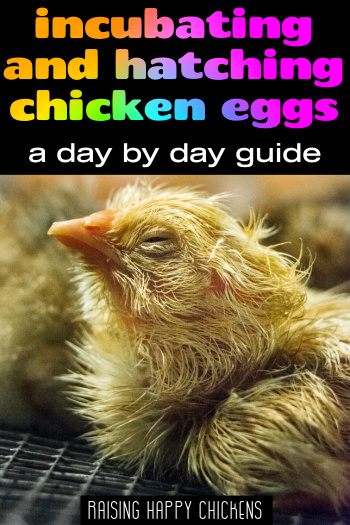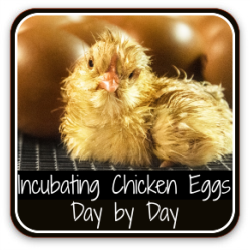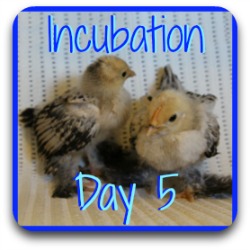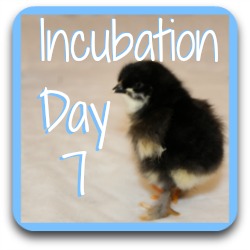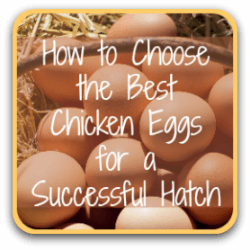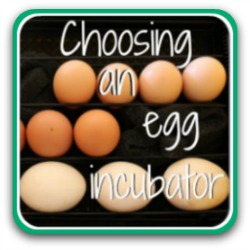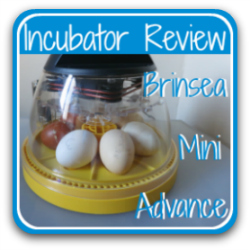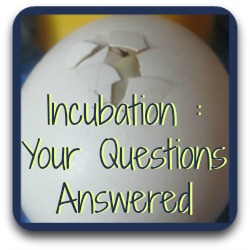- Home
- Incubation day by day
- Day 6
How do you incubate eggs? Day 6 in the incubation process.
By day 6, the incubated egg has gone through substantial changes in its early stages of development.
It's important to be aware, though, that eggs can develop more or less quickly, and are influenced in particular by temperature and humidity.
So, while these changes will apply to the majority of chicken eggs, don't be concerned if you're not seeing exactly what's described here.
What's going on in the egg today?
If we opened the egg at this stage of incubation we would see the embryo now has a well developed blood supply which is reaching throughout the yolk.
The embryo itself is fully curled into the shape of a letter 'C', and still rests on the outside of the yolk.
If we used a specialist chicken egg embryo heart monitor, the heartbeat would be strong enough to register today. At this point the embryo's heart will be beating at between 260 and 280 beats per minute(see sources).
What's happening to the chick on day 6?
Please note: the image below is a commissioned piece and is subject to international copyright laws. I am the sole copyright owner.
It must not be used, copied or reproduced anywhere without my permission.
Contact me for details and permissions for this and all other images on this page.
- The force of the heartbeat now causes the embryo to move quite freely within the egg. Sometimes you can see movement when candling at this stage, although it's more common later in the process.
- The bone structure of the chick is now developing. At a point mid-way between today and tomorrow, the wing and the legs are able to bend at the knee and elbow.
- The beak also begins to grow although at this stage the egg tooth, which will help the chick 'pip' through the eggshell at hatch, is not yet present.
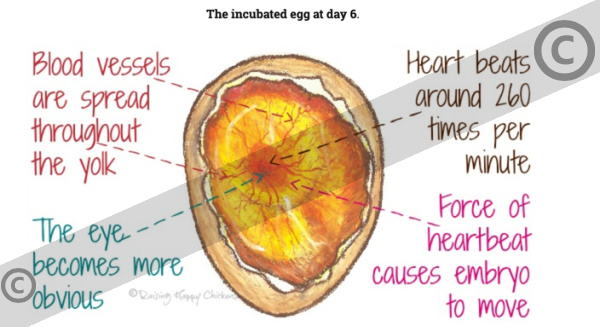
- So far, the chicken embryo has used its own blood system to provide it with oxygen. As it grows, though, that's no longer enough. To provide a fully functional system, the chorion and the allantois come together today to form the chorioallantois or chorioallantoic membrane.
- This membrane is full of blood vessels and surrounds the embryo. In human embryos, we know it as the placenta.
- The chorioallantois is immediately next to the shell and through its blood supply helps provide oxygen to the developing chick, and takes away waste. It will continuwe to develop as we go through incubation.
How do you incubate eggs at day 6?
Start candling light coloured eggs.
Providing you know what you're looking for, candling incubated eggs is the best way to check whether they are developing as they should.
From days 6 and 7, the embryo and its developing blood vessels should be reasonably clear now, especially in light coloured eggs.
This is one of my Wyandotte eggs, at day 6 of incubation. The blood vessels are clearly larger than they were yesterday and for the first time, the embryo's eye can be seen.
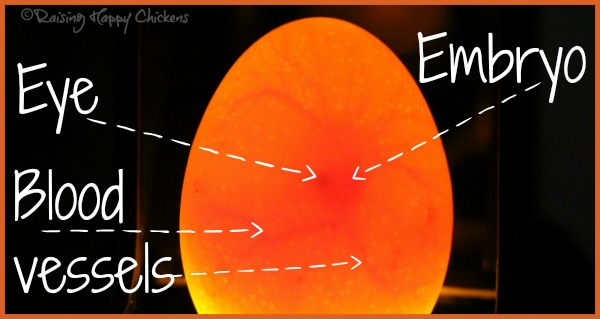
Below is the same picture but with the colour and saturation levels changed so that you can see more clearly.
In this image the way the blood vessels are developing branches throughout the yolk is clear. The embryo, sitting in the centre of the blood supply and curled into the shape of a letter 'C', is also very obvious.
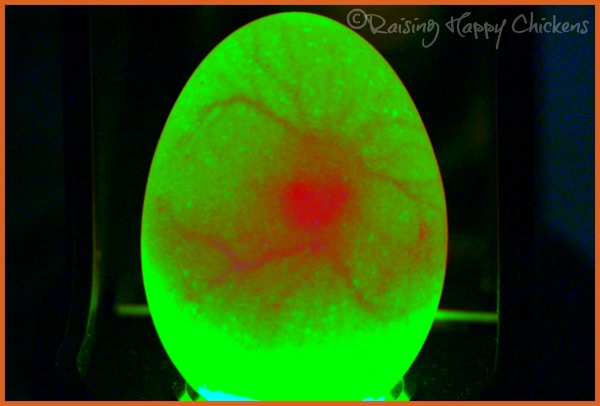
Below is the same image with annotations to the blood vessels, embryo, spine, and albumen or white of the developing egg to make sure you know what you're looking for. The yolk is the darker area immediately above the albumen.
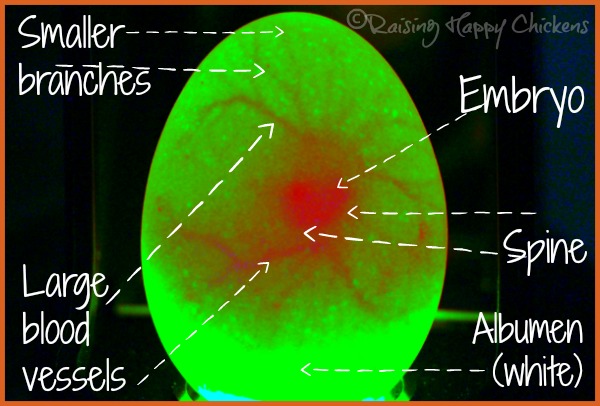
In the picture below I've taken out the colour to try to highlight the eye of the embryo more clearly. It's the darker spot at the very end of the arrow.
At this stage of incubation, though, it's unlikely that you will see this level of detail with the naked eye.
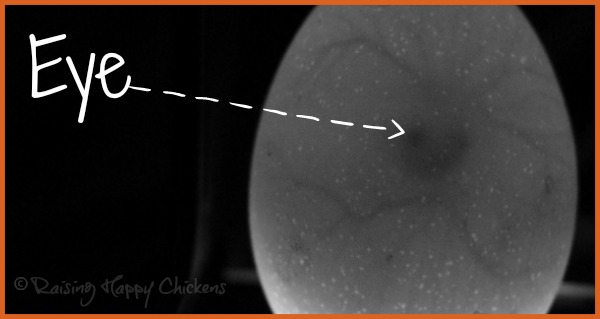
How do you incubate eggs: what should we be doing today?
Start candling some more eggs, starting with the lightest coloured shells. Don't worry, though, if you don't see much. Sometimes it's day 7 before the development is obvious.
Humidity and temperature for incubating eggs.
- If you're using an incubator which requires you to top up the water levels manually, keep watching to make sure humidity remains around 45%.
- As we've been ensuring all along, the incubator's temperature level should be kept stable at 37.5ºC (between 99ºF and 99.5ºF) in a forced air incubator.
Can anything go wrong at this stage?
The developing embryo is most vulnerable during the first week of incubation. It's not unusual for an embryo to stop developing during this period.
Possible reasons for "early death" are many:
- the chickens the eggs came from were old, diseased or too heavily medicated
- eggs were stored for too long, or not in the right conditions (see here for tips on how to store fertile eggs before they go into the incubator
- eggs were dirty and carrying bacteria which has leached through the porous shell
- the temperature in the incubator is too hot or too cold
- the eggs were not turned frequently enough.
To give your eggs the best chance of hatching successfully, make sure you look after them well even before you set them in your incubator.
How do you incubate eggs? Question of the day.
Is it too early to candle my Black Copper Marans eggs?
Yes.
Eggs like this Black Copper Marans, or other breeds like the Welsummer, have very dark coloured shells which are notoriously difficult to see through, even with a very powerful candler.
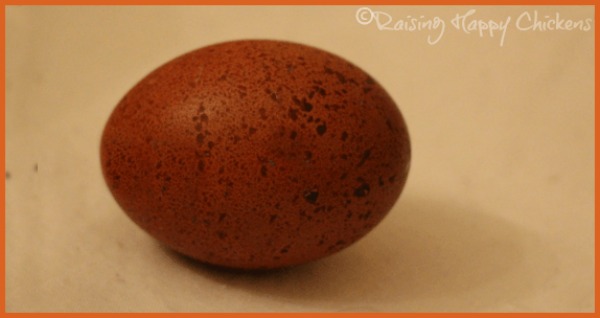
The best way to deal with eggs like this is to wait until around day 10. At that point you may be able to see the air cell at the blunt end of the egg, which by that stage should be fairly large.
However, I've had some eggs which it has been impossible to see any development in, and it's been a question of simply waiting until hatch day and hoping a chick pops out.
Which in this case, it did – and he later became a very handsom rooster!
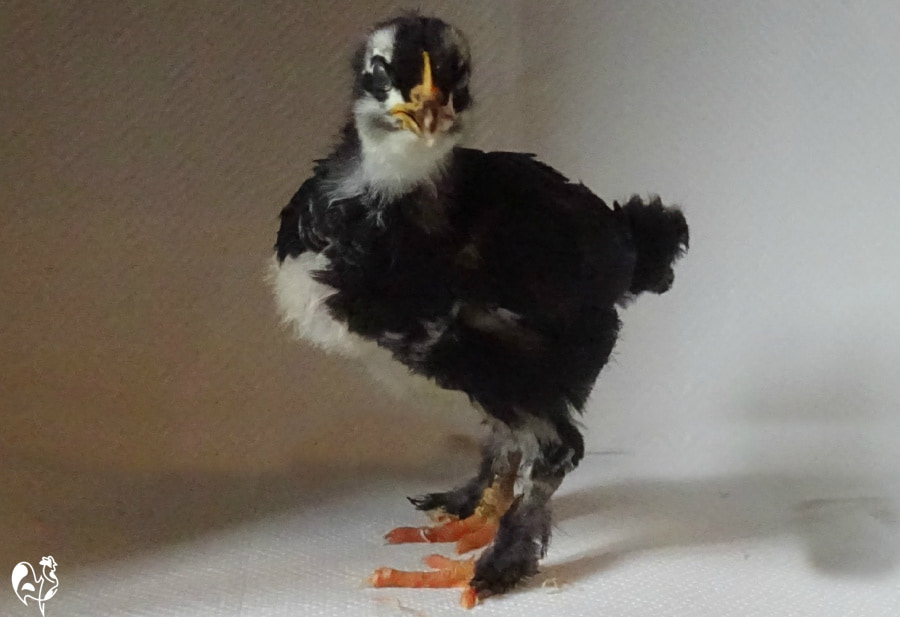
How do you incubate eggs on days other than day 6?
If you're at a different stage of knowing about how to incubate chicken eggs, use the first button link to click over to the main page.
If you need to refresh your memory about yesterday, use the second link and to move forward to day 7, use the third.
More articles about how to incubate chicken eggs.
Sources.
Avitronics: Heart Rates. Pub. Avian ID, 2020.
Damerow, Gail: Hatching and Brooding Your Own Chicks. Pub. Storey, 2013. See my review, here.
Hall, C., et al: A new candling procedure for thick and opaque eggs and its application to avian conservation management. Pub. Journal of Zoobiology, 2022.
Hamburger, V and Hamilton, H L: A series of normal stages in the development of the chick embryo. Pub. Journal of Morphology, 1951.
Leonor, H., and Chaveiro, S: The Effect of Candling on the Hatchability of Eggs from Broiler Breeder Hens. Pub. Journal of Applied Poultry Research, 1993.
Phuphanin, A., et al: Smartphone-Based Device for Non-Invasive Heart-Rate Measurement of Chicken Embryos. Pub. National Center for Biotechnology Information, 2019.
Vargas, R., et al: Egg Candling Analysis Equipment Design: A Safety Solution. Pub. Journal of Social and Behavioural Sciences, 2018.
Wu et al: Egg fertility and reduced egg fertility, hatching success, and larval survival. Pub. Science Direct, 2003.
- Home
- Incubation day by day
- Day 6
